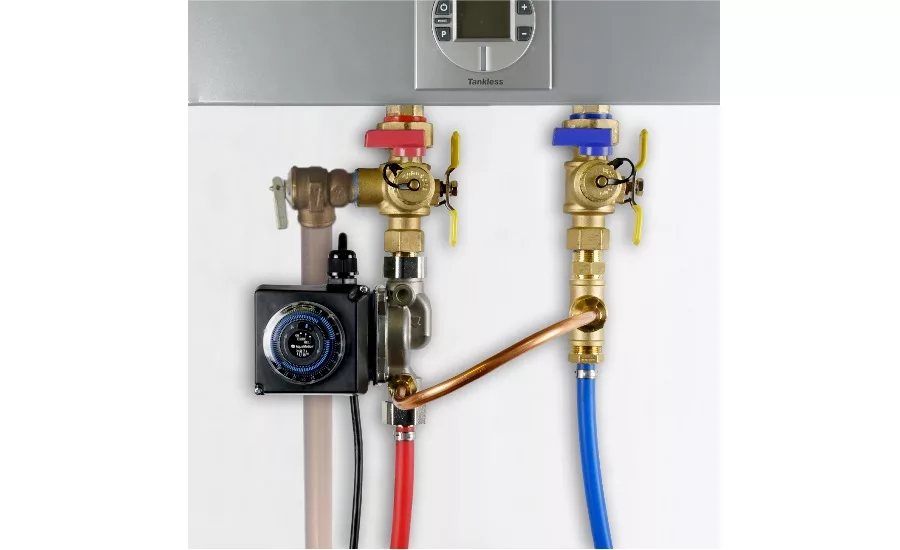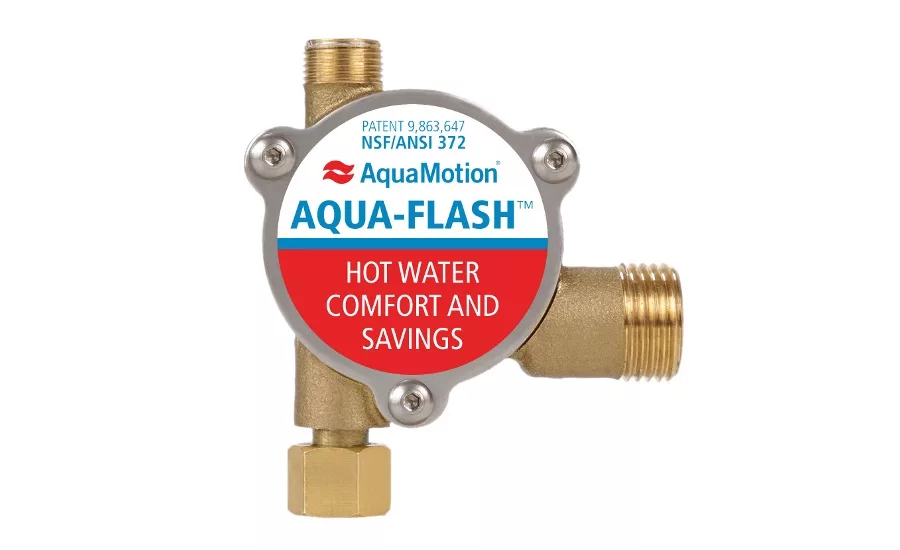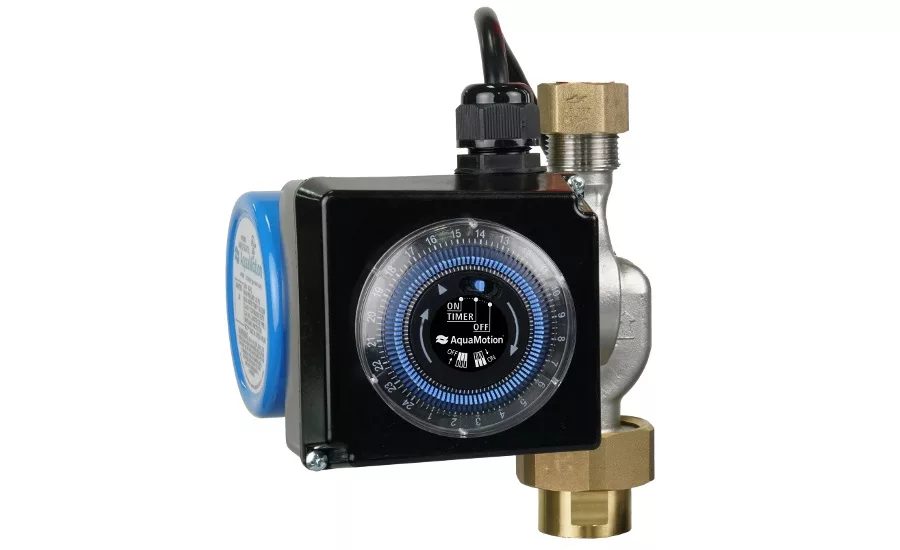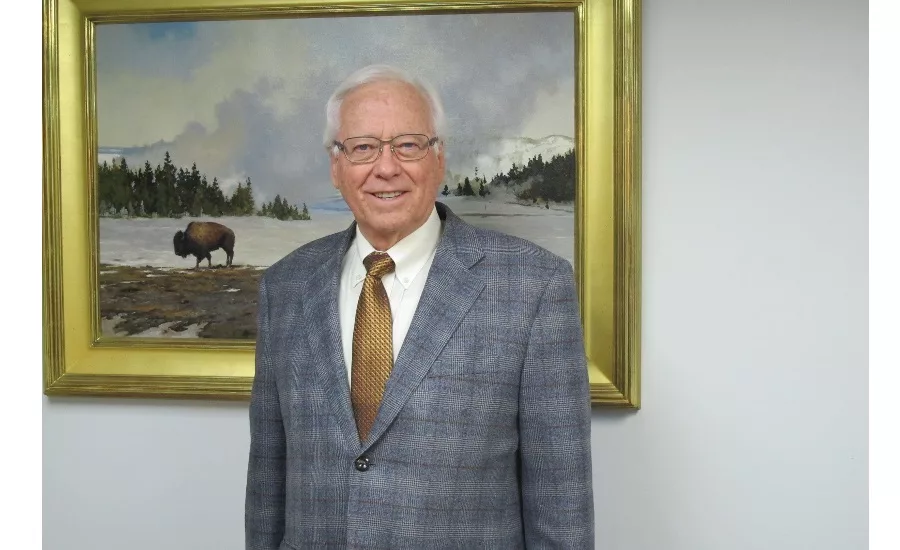What you need to know about hot-water recirculation
Benefits, cost and system component selection






Title 24 of the California Code of Regulations now mandates hot-water recirculation in California building codes if the distance from the heat source to the tap is 50 feet or more. Other states have their own building codes that often vary by counties.
Benefits
Today, users don’t want to wait 1-3 minutes for hot water to arrive at the faucet or shower when they turn it on — they want it in less than 10 seconds. A hot-water recirculation system can do that, as well as prevent lukewarm water from being dumped down the drain by bypassing it into the cold water line. This process saves water, utility costs, and energy and sewer expenses. It also helps reduce the fresh water shortage.
Water savings are hard to calculate because of so many influencing factors. A U.S. government study estimates water savings of up to 12,000 gallons for four points of hot water use and up to 15,000 gallons for five points of use per year. The savings also depend on the size of the pipes (1/2-inch, ¾-inch or 1-inch copper or PEX), total length of pipe from the heater to the furthest sink, size of the pump and efficiency of the system.
The selection of the correct hardware, controls and pump are important for long service life. Payback depends on the cost of the monthly water utility bill, electricity cost per kW, how many users are in a home and initial installation cost; it should be in the 1- to 3-year range.
Hot-water recirculation systems
Homes built before 1980 usually use a one-pipe system. This means one hot-water pipe feeds every sink and it stops at the last sink in the home. A dedicated return line system uses a return pipe from the last sink back to the hot-water tank or tankless heater. The homeowner needs to know if he or she has a hot-water tank or a tankless system, and a one-pipe or dedicated return line, in order to select the correct recirculation components.
Big operating cost savings are achieved by not running the recirculation system 24 hours and only running it when hot water is needed at the sink. This is achieved by limiting the operating time with a mechanical or digital timer.
Mechanical timers usually have three positions: on, off and on timer. The on-timer tab, with 15-minute run time on the 24-hour clock, can be set to achieve maximum savings. Many prefer the mechanical timer rather than the programmable electronic timer because it is easier to set. These timers are built into the pump or separate plug-ins can be used.
Electronic controls also are available for this function. The controls log the time of hot- water usage and start the pumps based on user history. A simple mechanical timer is easier for a plumber to service and can be less costly and more reliable than electronic timers, which have many more parts. Insulating the hot-water supply pipes or using heat tapes keeps the water hot longer and saves on water-heating costs.
If there is a power outlet under the sink farthest from the heat source in a one-pipe system, the simplest method is to install a kit with pump, timer, two hoses, two tees and check valves under the sink. Hooking it up takes 10-15 minutes with only a wrench required. No cutting of pipe is needed for systems with up to 250 feet of pipe. Tankless systems may require larger pumps due to minimum flow rates required by the heater.
If there is no power under the sink in a one-pipe system, install the pump on the hot outlet of the water heater. Pumps are equipped with a mechanical timer and line cord. Under the sink farthest from the heater, a plastic thermostatic bypass valve transfers tempered water to the cold- water line. A new stainless/bronze valve is available that has larger water-flow orifices and does not need screens, which can plug up with calcium in hard-water areas.
Pump selection is critical. Choose designs with a large inlet/outlet to prevent calcium deposits at the connections and premature failure. A stainless pump with a replaceable stainless cartridge and rotor sleeve will provide long service in hard water areas. One is available with a flushable cartridge to double the life of the pump without having to pay for a brand-new stainless pump. Selecting a U.S.-built pump system allows for technical support and parts availability.
System components and cost analysis
Recirculation pumps are available with permanent split capacitor (PSC) motors, electronically commutated motors (ECMs) with electronic controls and permanent magnet Vortex pumps.
Because a recirculation pump with built-in controls runs only 3-4 minutes an hour, it is wise to stay with the simplest PSC-pump-driven motor. ECM motors require an electronic control with many more parts. They may not be as durable and reliable as the PSC pumps and can cost more.
A PSC pump for recirculation uses .26 amps (30 watts) to .45 amps (53 watts) and can handle about 250 feet of pipe. The larger efficient circulators are good for 600 feet of pipe and use .79 amps on speed three (90 watts/hr.). This pump works with under-sink systems with large hot-water tanks and tankless heaters.
The cost of the electricity at $0.12 per kW for the small pump for 250 feet of pipe on a timer for eight hours a day with a sensor and switch that runs on average three minutes an hour and costs $1.40 to $1.59 a year in electricity. The .79-amp circulator uses 90 watts and costs $4.73 a year.
Because the power consumption is so small, the best selection is the PSC pump because it is more durable, stronger, less complicated and easier to service.
Tankless heaters or tankless combi-heaters require flow of 0.5 to 1.1 gpm to turn on the heater when the temperature setting is reached. The bypass plastic valves currently available have limited flow rates of less than 0.5 gpm and cannot perform with most tankless heaters.
Selecting the right components will yield savings, provide hot-water comfort and help reduce the water shortage for as long as the user lives in the home.
"This article was originally posted on ww.reevesjournal.com."
Looking for a reprint of this article?
From high-res PDFs to custom plaques, order your copy today!







